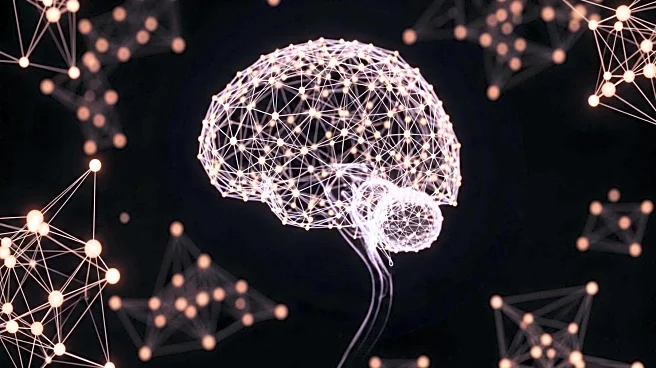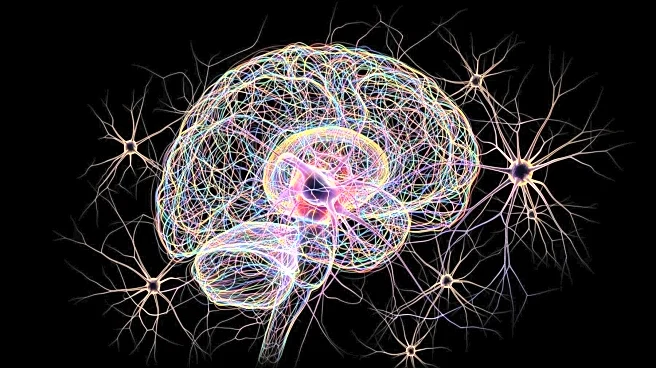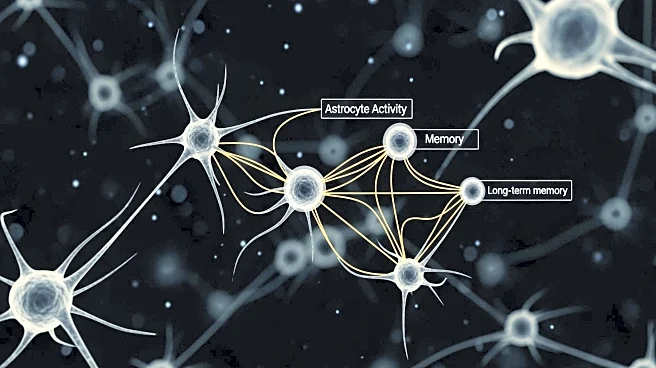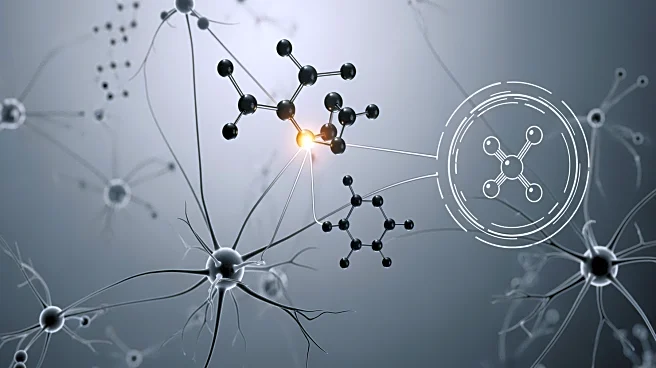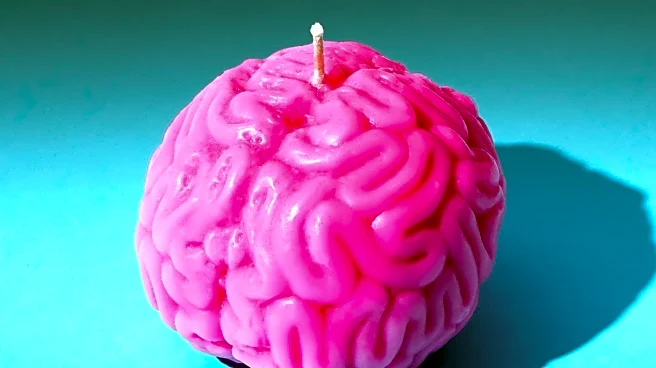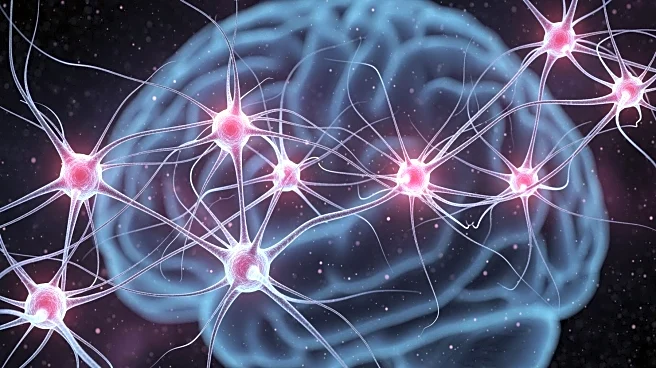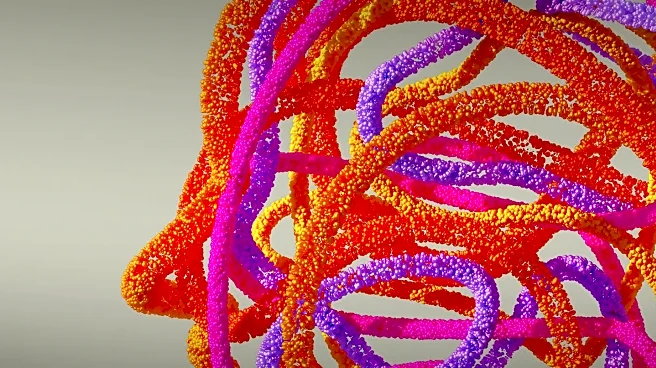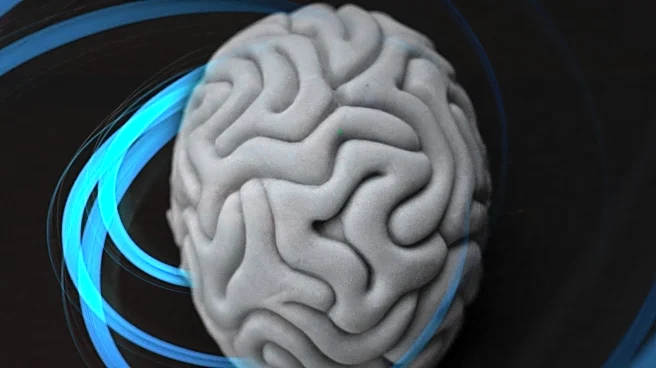What's Happening?
A recent study conducted as part of the developing Human Connectome Project has unveiled significant insights into the developmental dynamics of the neonatal brain's functional connectome. Researchers utilized advanced imaging techniques, including resting-state
functional MRI (rs-fMRI), to analyze brain activity in term-born and preterm infants. The study focused on the edge participation coefficient, a metric that characterizes the modular integration properties of individual brain connections. The findings highlight the rapid brain growth during infancy, marked by glial proliferation, axonal formation, and dendritic arborization. These processes contribute to dramatic increases in brain volume and cortical surface areas, while synaptic pruning regulates these changes. The study also explored the molecular mechanisms underlying these functional changes using transcriptomic association analysis, identifying genes significantly correlated with edge participation coefficient development.
Why It's Important?
Understanding the developmental dynamics of the neonatal brain is crucial for advancing pediatric neuroscience and improving early diagnosis and intervention strategies for neurodevelopmental disorders. The insights gained from this study could lead to better understanding of how early brain development impacts cognitive and behavioral outcomes later in life. By identifying key genes associated with brain connectivity, researchers can explore potential therapeutic targets for conditions such as autism spectrum disorders and cerebral palsy. The study also emphasizes the importance of tailored imaging techniques for neonates, which can enhance the accuracy of brain development assessments and contribute to more effective clinical practices.
